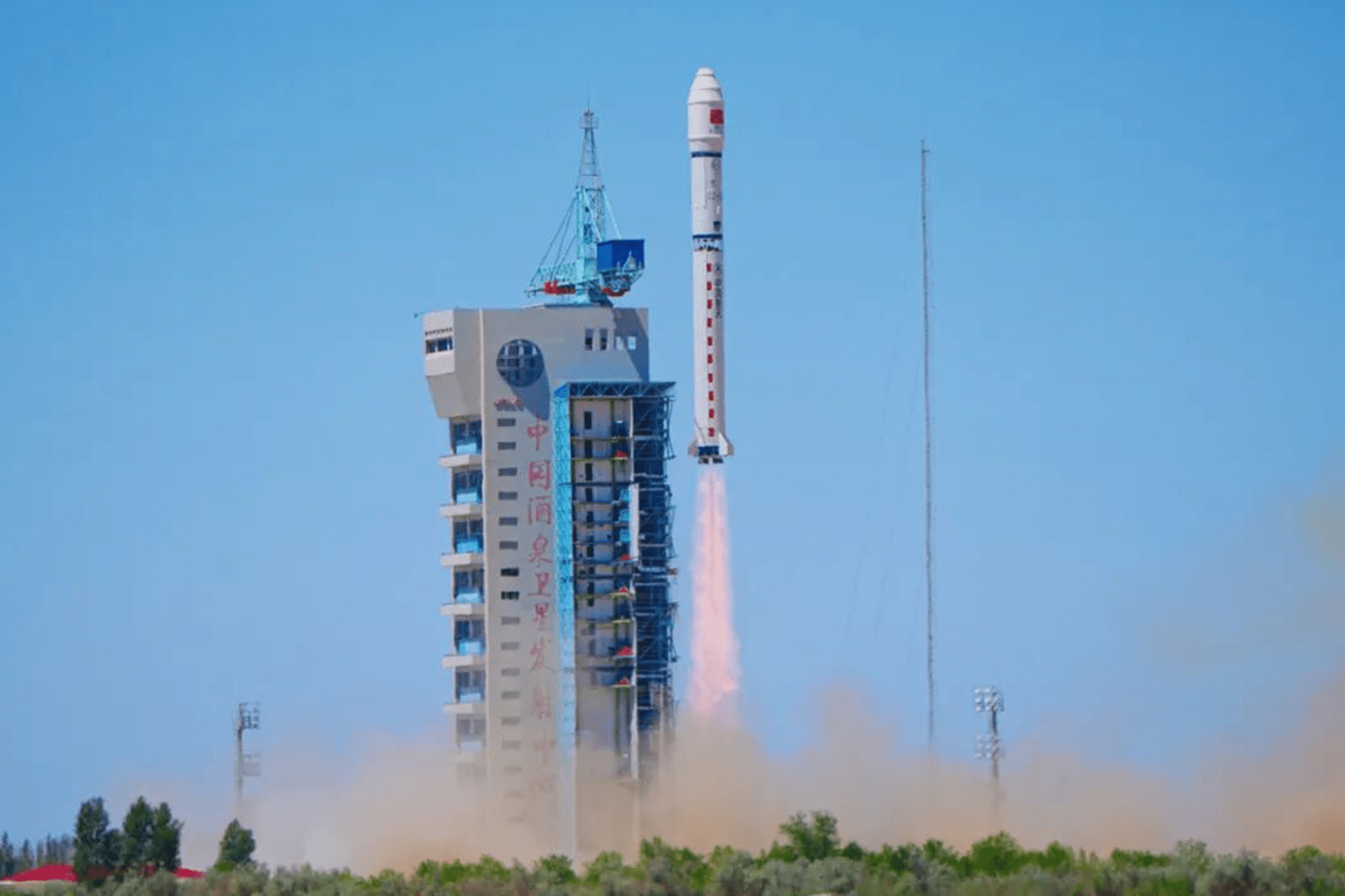China Launches Orbital Supercomputer Satellite Network with 12 Satellites

China has successfully launched the first 12 satellites of a groundbreaking orbital supercomputer satellite network, marking a significant leap in space technology. The satellites, developed by ADA Space, Zhijiang Laboratory, and Neijang High-Tech Zone, are part of the ‘Star Compute’ program, aiming to create a ‘Three-Body Computing Constellation’. Each satellite is equipped with an 8-billion parameter AI model and can perform 744 tera operations per second (TOPS), collectively managing 5 peta operations per second (POPS). This network is designed to eventually consist of thousands of satellites achieving 1,000 POPS, according to the Chinese government’s plans.
Communicating with each other at speeds up to 100Gbps using lasers, the satellites also share 30 terabytes of storage capacity. They carry scientific payloads, such as an X-ray polarization detector for detecting cosmic phenomena like gamma-ray bursts, and have the ability to generate 3D digital twin data for various applications.
The utilization of a space-based supercomputer offers numerous advantages, including faster data processing and reduced energy consumption. Traditional satellite transmissions are often hindered by slow speeds and limited bandwidth, resulting in less than 10% of data reaching Earth. Furthermore, orbital data centers can utilize solar power and dissipate heat more effectively, reducing energy requirements and environmental impact.
Experts suggest that similar projects could be undertaken by the US and Europe in the future. The development of this orbital supercomputer satellite network represents a significant milestone in space technology, with implications for various industries and scientific research. The potential applications of this innovative network are vast, ranging from emergency response and gaming to tourism and beyond.








